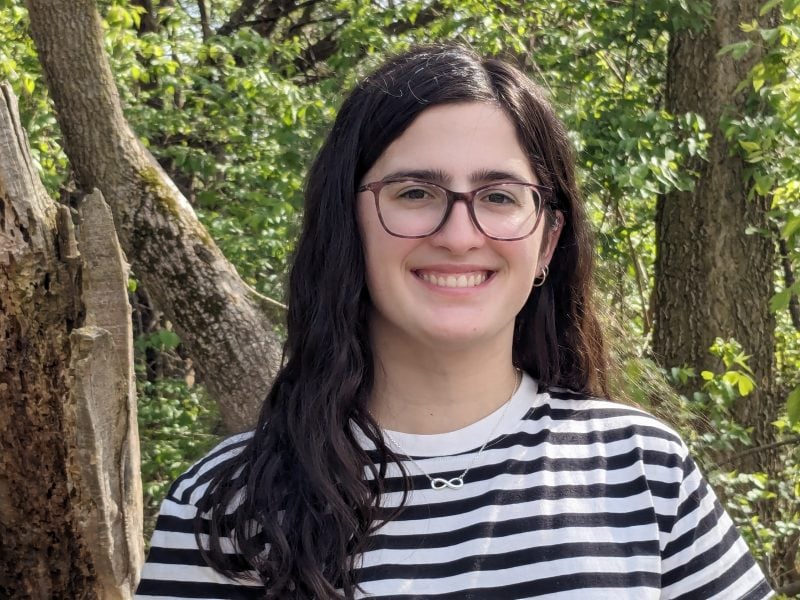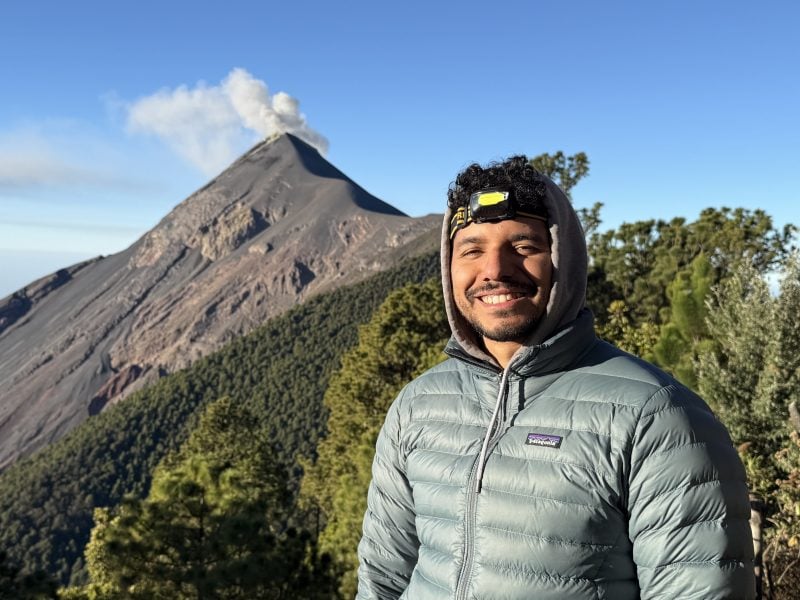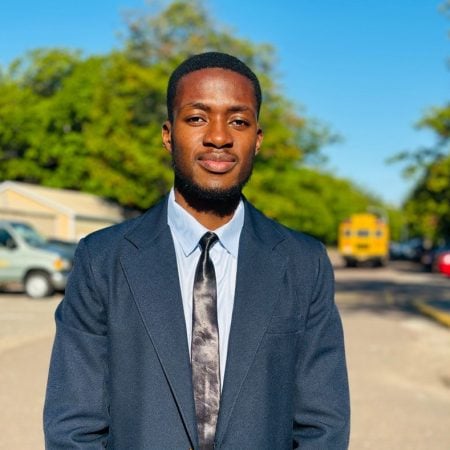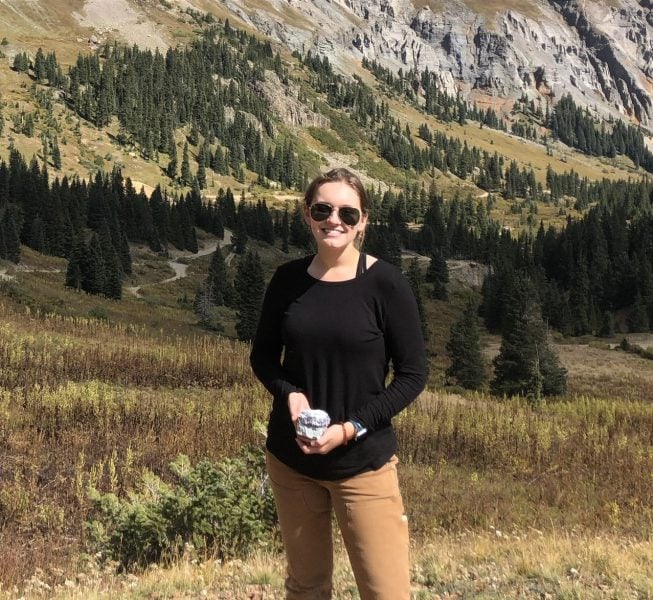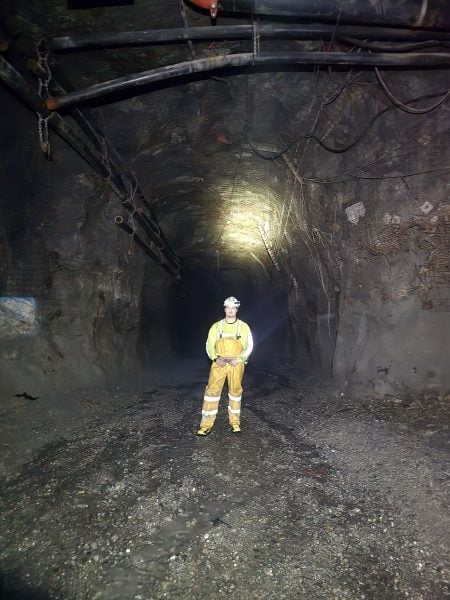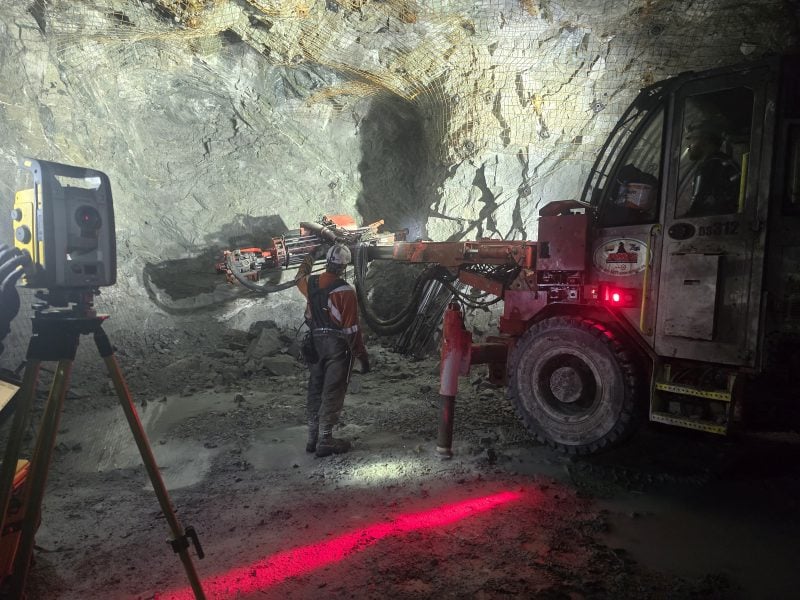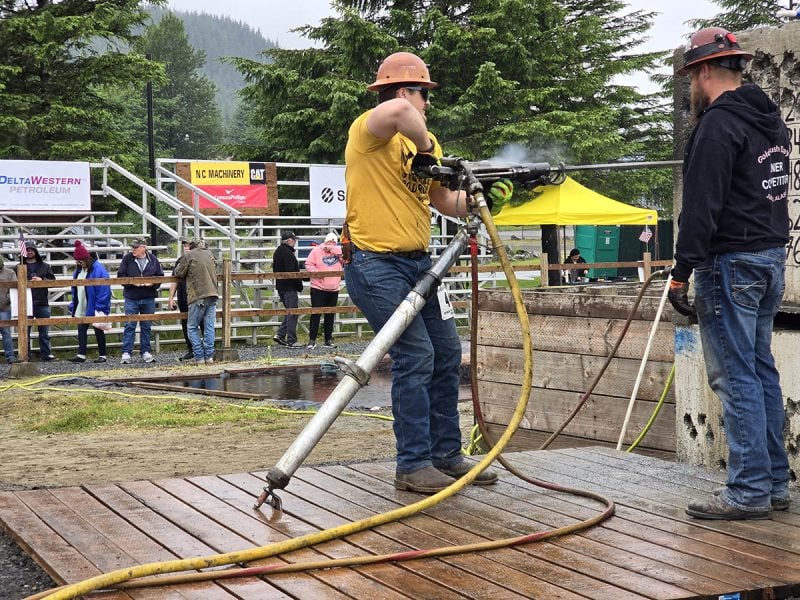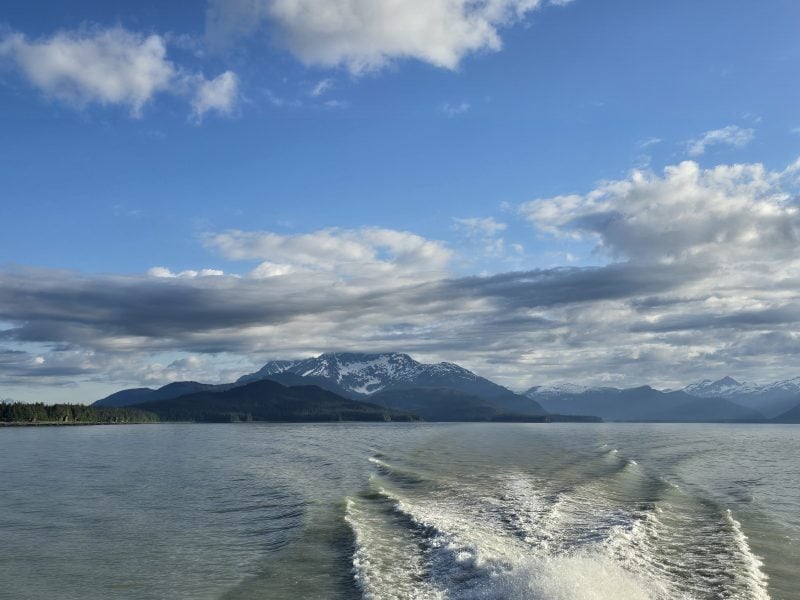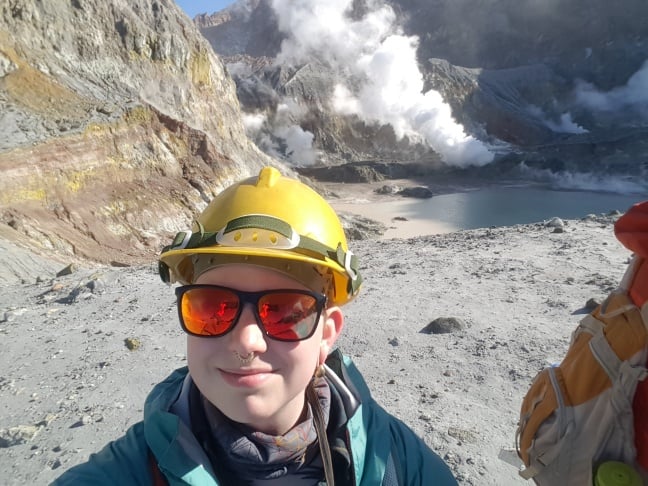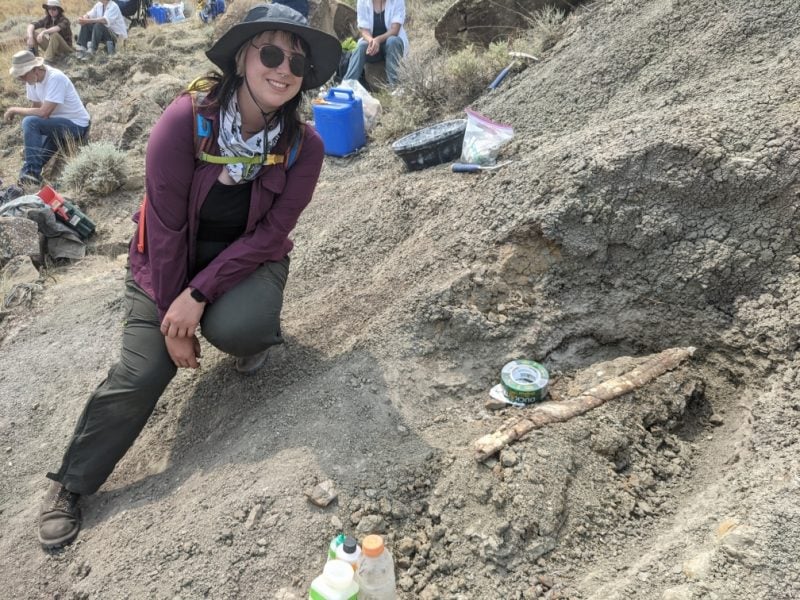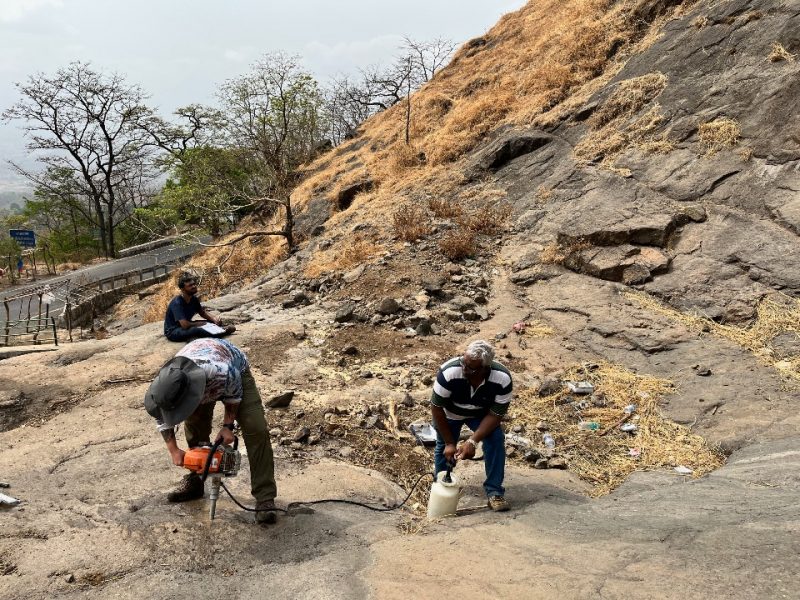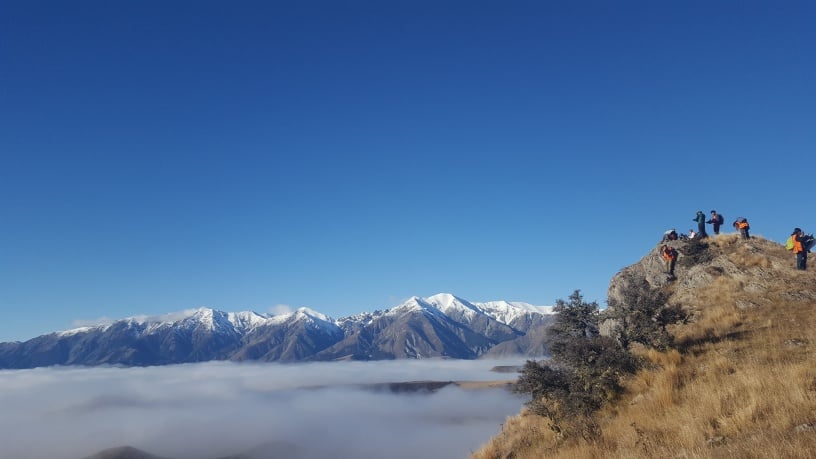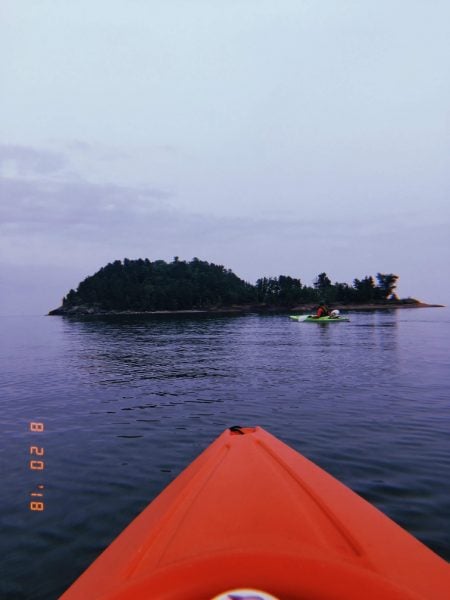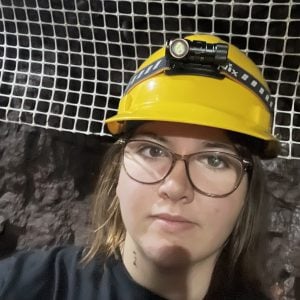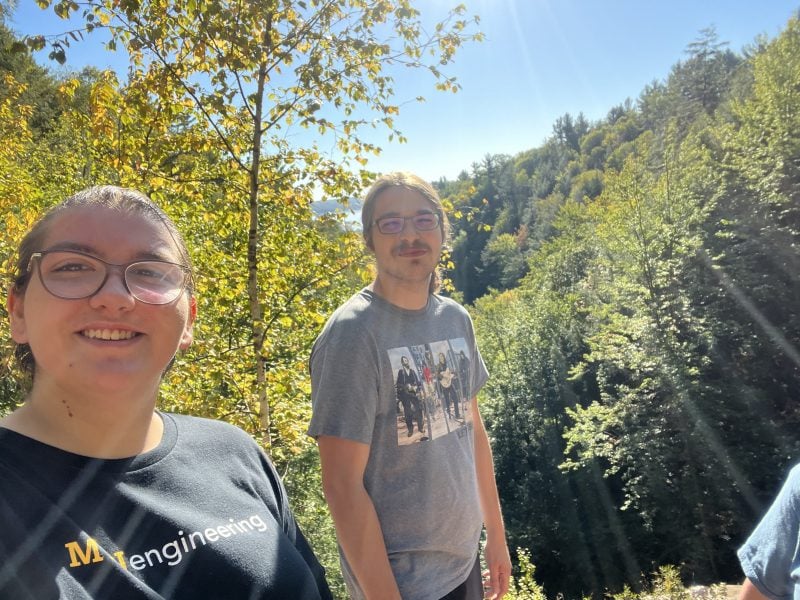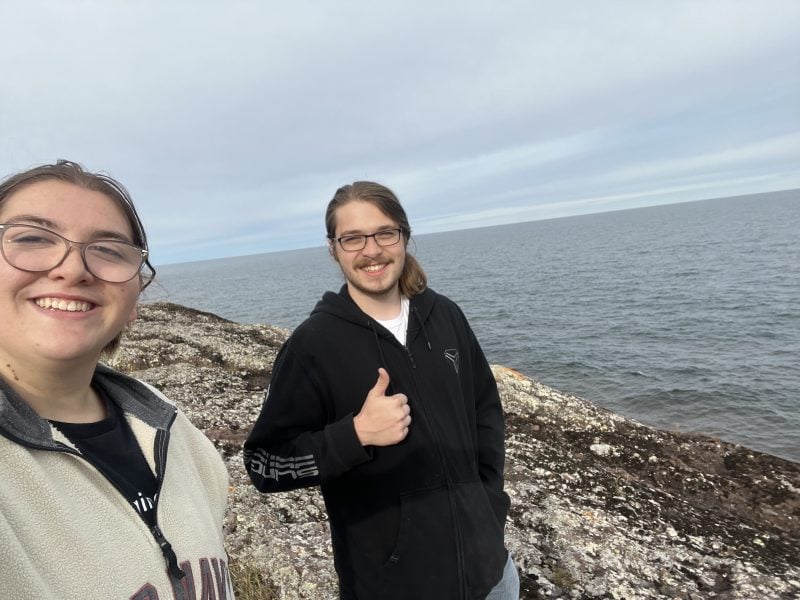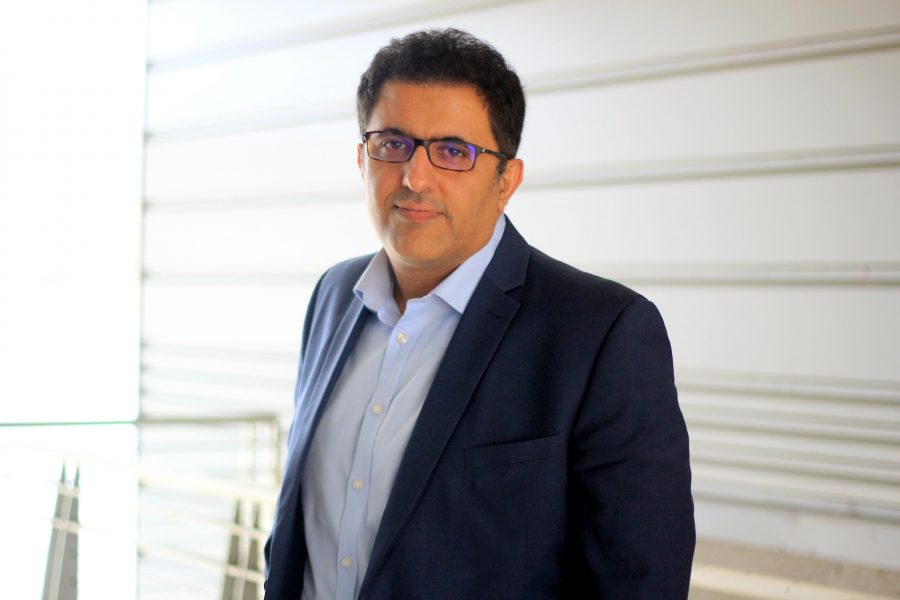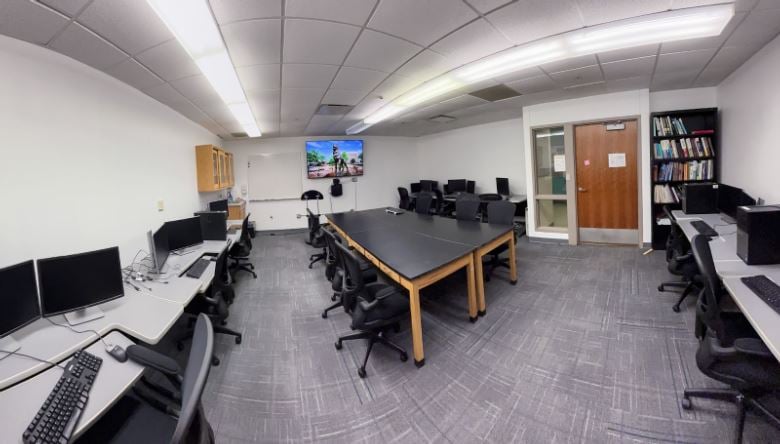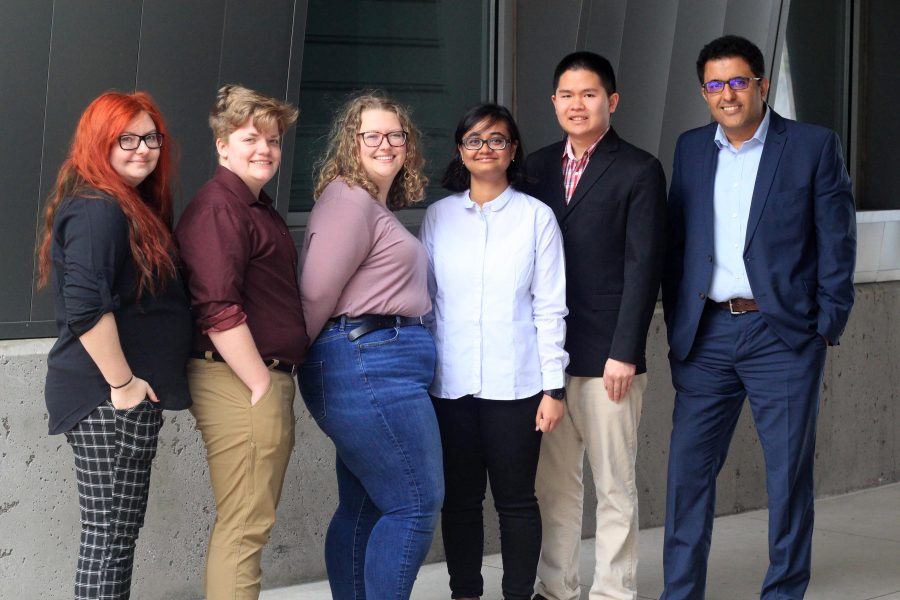We are proud to congratulate this year’s GMES recipients of the WAAIME SME scholarships! All of these Michigan Tech grad students in mining engineering, Brighton Muwi, Daniel Muchabaiwa, Kudakwashe Mutanga, Mirza Ubed Baig, and geology student Ben Mperekwa, received awards. These outstanding students have demonstrated exceptional dedication to their academic and professional journeys in the fields of mining, metallurgy, geology, and related disciplines.
The WAAIME scholarship is awarded annually to students who exhibit academic excellence, leadership potential, and a passion for advancing the future of the mining and minerals industry. This prestigious award supports their educational pursuits and recognizes their contributions to shaping the future of mining and earth sciences.
Championing Academic Excellence and Innovation
Each recipient is committed to academic excellence and a drive to innovate and contribute to the fields of mining and geology. Through their hard work, these students represent the next generation of industry leaders who will tackle challenges, drive sustainable practices, and lead advancements in the mining and mineral exploration industries.
Empowering Tomorrow’s Industry Leaders
Receiving the WAAIME SME scholarship is a testament to the recipients’ dedication and potential. This support allows them to further their education, pursue internship opportunities, and engage with industry professionals who will mentor them throughout their careers.
We celebrate each recipient’s hard work and the bright future they represent. Congratulations again to all the WAAIME SME scholarship winners – your achievements inspire us all and pave the way for a stronger, more innovative future in mining and geological sciences.
Stay tuned for more updates and stories from our incredible students as they continue to achieve and impact the world of earth sciences!




